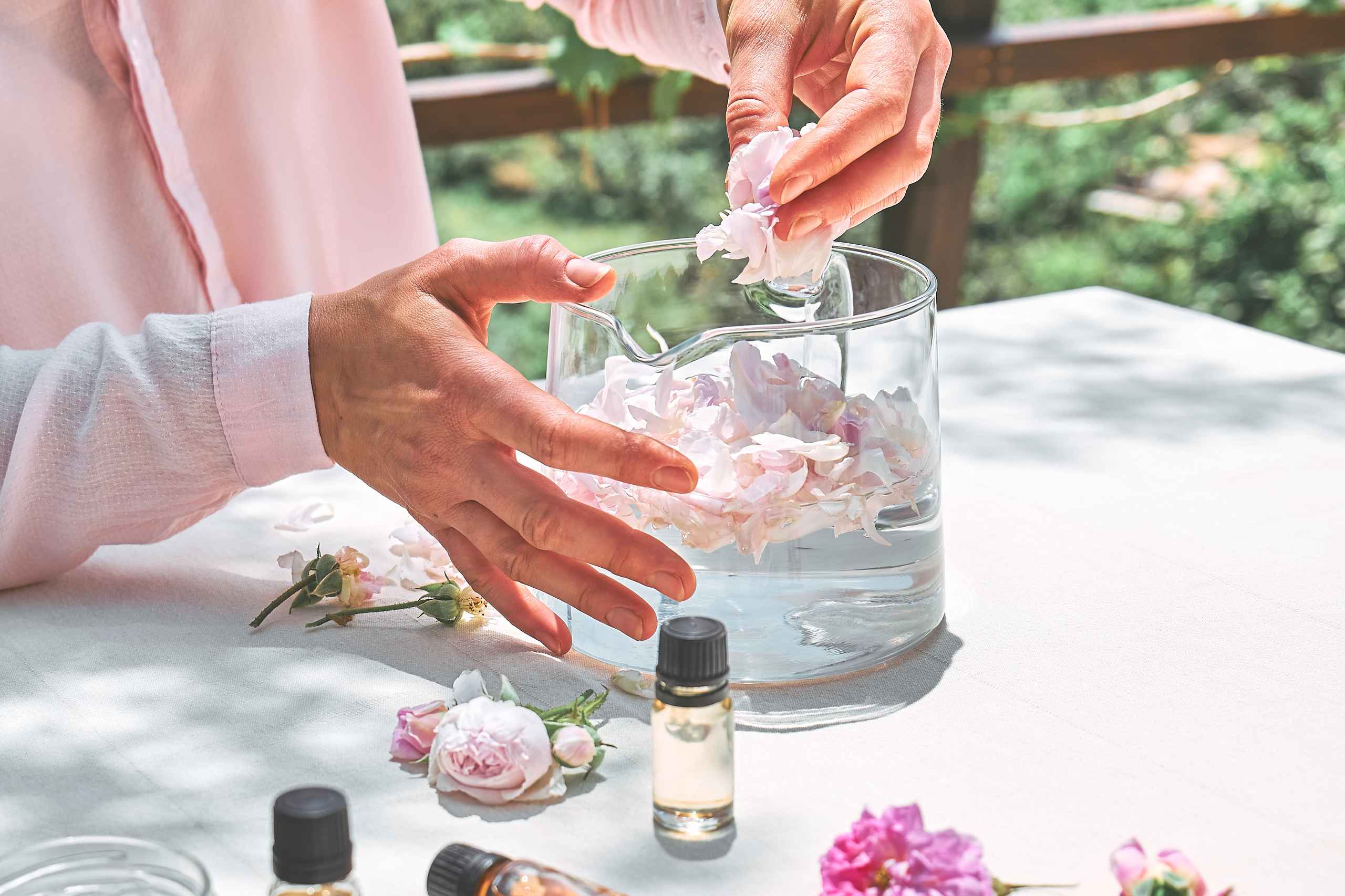Call us now:

Creating your own home fragrances is more than just mixing scents — it’s an immersive experience that combines creativity, mood, and a bit of science. Whether you’re aiming to freshen up your living space or craft a personalized gift, understanding the basics will set you on the right path. Let’s explore how to start your journey into the world of homemade aromas.
Why Make Your Own Scents?
Choosing to create your own home fragrances offers unique advantages. Commercial perfumes and diffusers often contain synthetic chemicals and generic scents. Crafting your own allows you to:
- Personalize the aroma to reflect your style and preferences.
- Use natural, eco-friendly ingredients that are safer for your family and pets.
- Experiment freely and create signature blends no one else has.
- Enjoy a fulfilling creative hobby that calms the mind and engages the senses.
Understanding Fragrance Families
Before diving into blending, it’s helpful to get acquainted with fragrance families — categories based on scent characteristics:
- Citrus: Bright, fresh, and energizing (think lemon, orange, grapefruit).
- Floral: Soft, romantic, and uplifting (rose, jasmine, lavender).
- Woody: Warm and grounding (cedarwood, sandalwood, patchouli).
- Spicy: Bold and invigorating (clove, cinnamon, ginger).
- Fresh: Clean and airy (mint, eucalyptus, oceanic notes).
Each family evokes different moods, so choosing the right base is key for your home’s atmosphere.
Basic Ingredients You’ll Need
When you start, gather these essentials:
- Essential oils: Pure plant extracts are the heart of your scent.
- Carrier oils or alcohol: To dilute and carry the fragrance.
- Diffuser bases: If making reed diffusers or sprays.
- Glass bottles and droppers: For mixing and storage.
How to Blend Your First Fragrance
Start simple! Follow these steps:
- Pick your main scent (the “top note”): This is what you smell first. Citrus or fresh notes work well here.
- Add a middle note: These scents linger and shape the character — floral or spicy.
- Include a base note: The foundation that lasts longest; woody or musky scents fit here.
- Test your blend: Mix small amounts and adjust to your liking.
- Let it mature: Some blends improve after resting for a day or two.
Tips for Success
- Keep a journal of your recipes — it helps repeat or tweak blends.
- Use high-quality oils to ensure lasting fragrance.
- Start with fewer ingredients; complexity can come later.
- Don’t rush — creating the perfect scent is an art.
Crafting home fragrances is a beautiful way to add personality and warmth to your space. With a little patience and experimentation, you’ll soon have your own signature aromas to enjoy and share.
